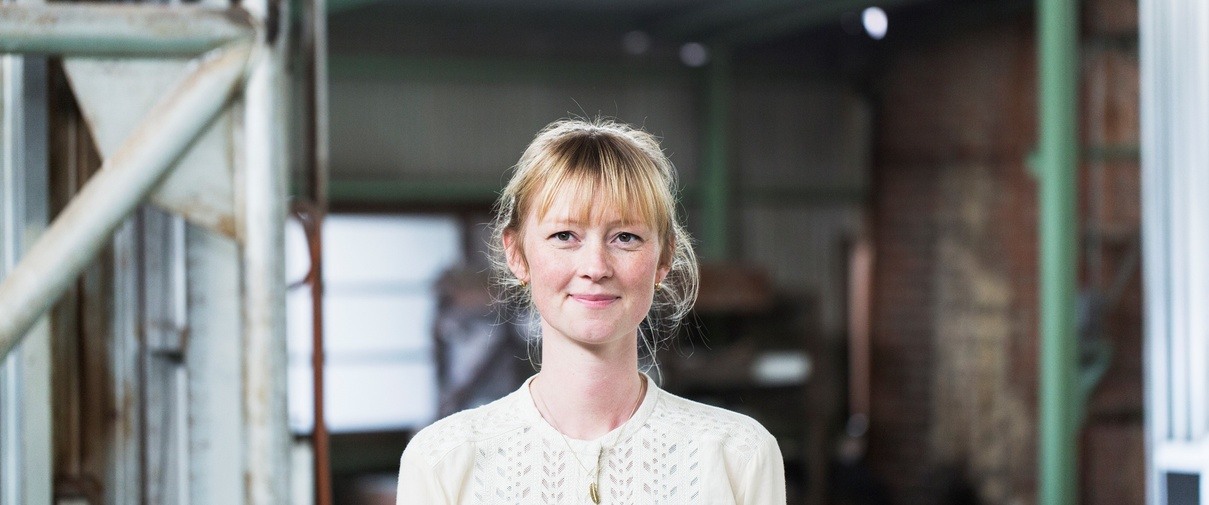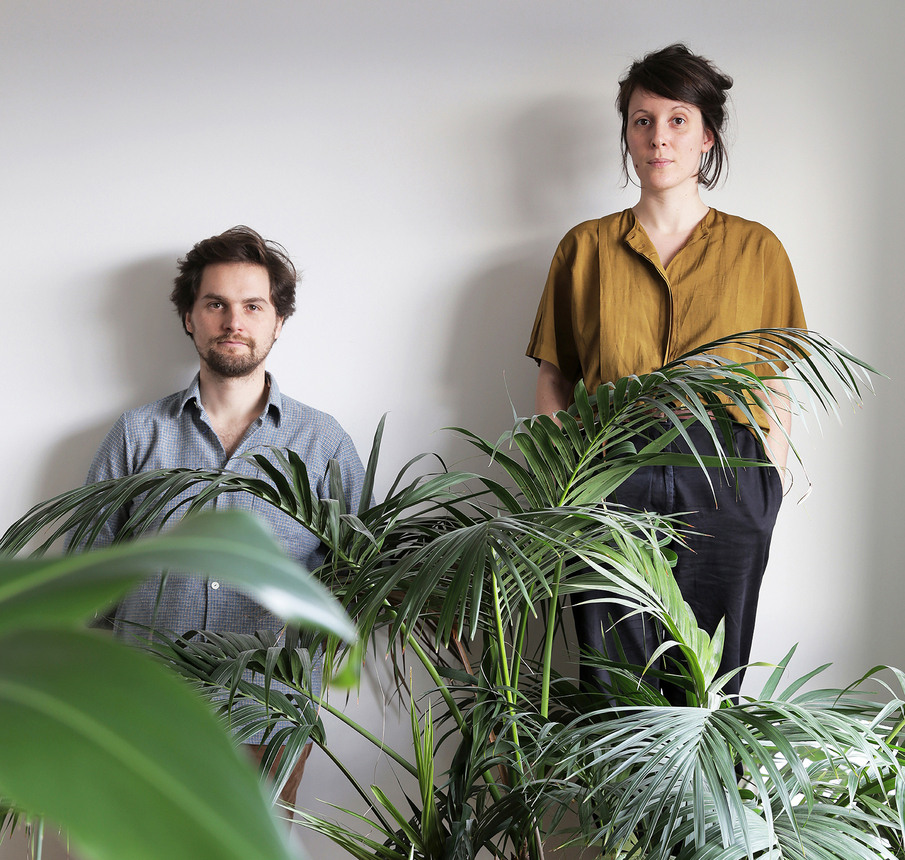Ein großer Teil von Fryslân besteht aus Torfmoorgebieten. Moore spielen eine wesentliche Rolle in der globalen Klimakrise, denn die Torfgebiete auf der ganzen Welt speichern doppelt so viel CO2 wie alle Wälder zusammen. Und sie sind in Gefahr. Hier in Friesland, aber auch an anderen Orten. Torfabbau, intensive Landwirtschaft und Milchviehhaltung haben dazu geführt, dass die Moore in rasantem Tempo austrocknen. Dies führt zur Emission von Treibhausgasen und zum Verlust der Artenvielfalt. Nach Ansicht von Klimaexperten ist ein erneutes Unterwassersetzen der friesischen Torfgebiete die einzige Option für eine nachhaltige Zukunft.
Wie können wir also die Sorgen um die Erhaltung der biologischen Vielfalt und die Möglichkeit der lokalen Landwirte, weiterhin auf und mit dem Land zu leben, das sie zusammen mit Tieren und Pflanzen bewohnen, miteinander verbinden? Die Kuratoren Laura Drouet und Olivier Lacrouts vom Studio d-o-t-s laden die Designerin Christien Meindertsma ein, dieses Problem zu untersuchen und Szenarien zu entwerfen, die die Frage beantworten: Wie sieht die Zukunft der friesischen Moorgebiete aus?


